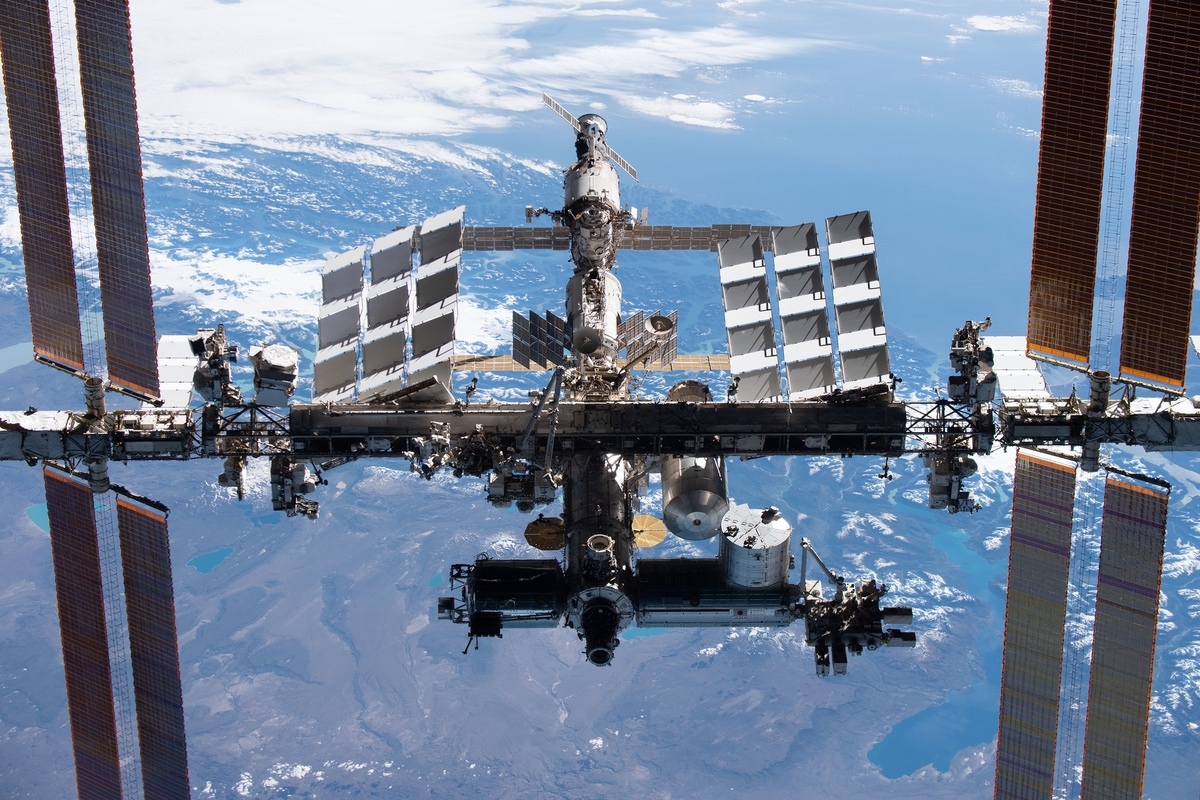4.11.2023

WASHINGTON — A NASA official opened the door to keeping the International Space Station in operation beyond 2030 if commercial space stations are not yet ready to take over by the end of the decade.
Speaking at the Beyond Earth Symposium here Nov. 2, Ken Bowersox, NASA associate administrator for space operations, said it was “not mandatory” to retire the ISS as currently planned at the end of the decade depending on the progress companies are making on commercial stations.
“The timeline is flexible,” he said of that transition from the ISS to commercial stations. “It’s not mandatory that we stop flying the ISS in 2030. But, it is our full intention to switch to new platforms when they’re available.”
NASA and the other Western partners on the ISS — Canada, Europe and Japan — have all agreed to operate the ISS to 2030. Russia, the other partner, has agreed to only 2028, which NASA officials previously stated is linked to the Russian space agency Roscosmos operating in four-year increments when planning the station’s future, in this case from 2024 to 2028.
NASA has been supporting the development of commercial stations, which the agency calls commercial low Earth orbit destinations, or CLDs, with the goal of having one or more such stations in orbit and certified for use by NASA astronauts by the late 2020s. That would enable a transition from the ISS to the commercial facilities by 2030, followed by deorbiting the ISS.
Bowersox acknowledged that schedule depends on the readiness of those commercial stations. “When it happens is going to depend a lot the maturity of the market,” he said, which includes both the status of commercial stations and non-NASA customers for them.
He made it clear that NASA does not expect to be the only customer for commercial stations. NASA’s current requirements for those stations anticipate having two astronauts at a time on them, less than the ISS. “We looked at what we thought would be reasonable and what would actually give us a cost savings,” he said of that requirement.
“My biggest concern is if we get too far ahead of where the market and NASA has to carry the full cost of the platforms for longer, and we transition too quickly,” he said. That could force NASA to move money from current ISS utilization to support those stations. “If we have a badly managed transition, we could find ourselves getting weak in those areas.”
The comments come amid industry concerns about NASA’s budget and how much funding it will have available to support the CLD effort. Some have privately worried that overall budget pressures on the agency could reduce funding for CLD and force an extension of the ISS beyond 2030.
NASA’s Aerospace Safety Advisory Panel, at its Oct. 26 public meeting, also expressed concerns about the ISS transition. It cited a “very tight” timeline for developing commercial stations and uncertainties about their business cases that is “creating programmatic and safety risks with the entire plan for NASA LEO,” in the words of panel member David West.
The panel called for NASA to fully fund development of the United States Deorbit Vehicle (USDV), a project to develop a spacecraft to handle the final phases of the safe deorbiting of the ISS. “The panel feels strongly and will continue to emphasize that funding the deorbit vehicle is not optional and it cannot be delayed,” West said.
“I look at the U.S. Deorbit Vehicle as being an essential part of our transition to commercial LEO destinations,” Bowersox said, agreeing that it was important to fund the vehicle “in order to be ready to transition to the new platforms.”
NASA requested $180 million in fiscal year 2024 to start work on the USDV and issued a request for proposals for it in September. That request projects having the USDV ready in the late 2020s to deorbit the station, but includes options that could push back its launch to as late as 2035.
Quelle: SN
